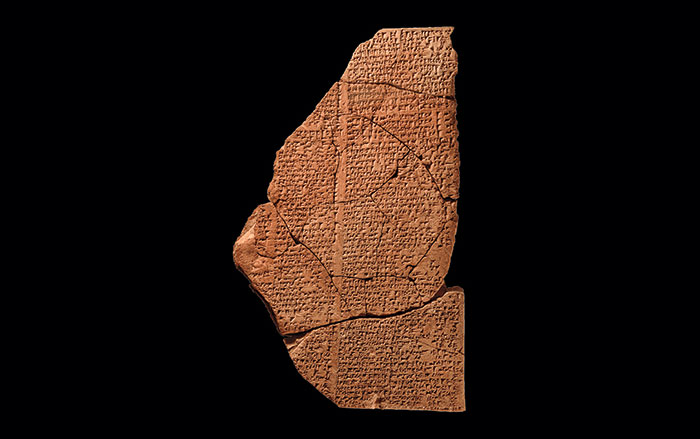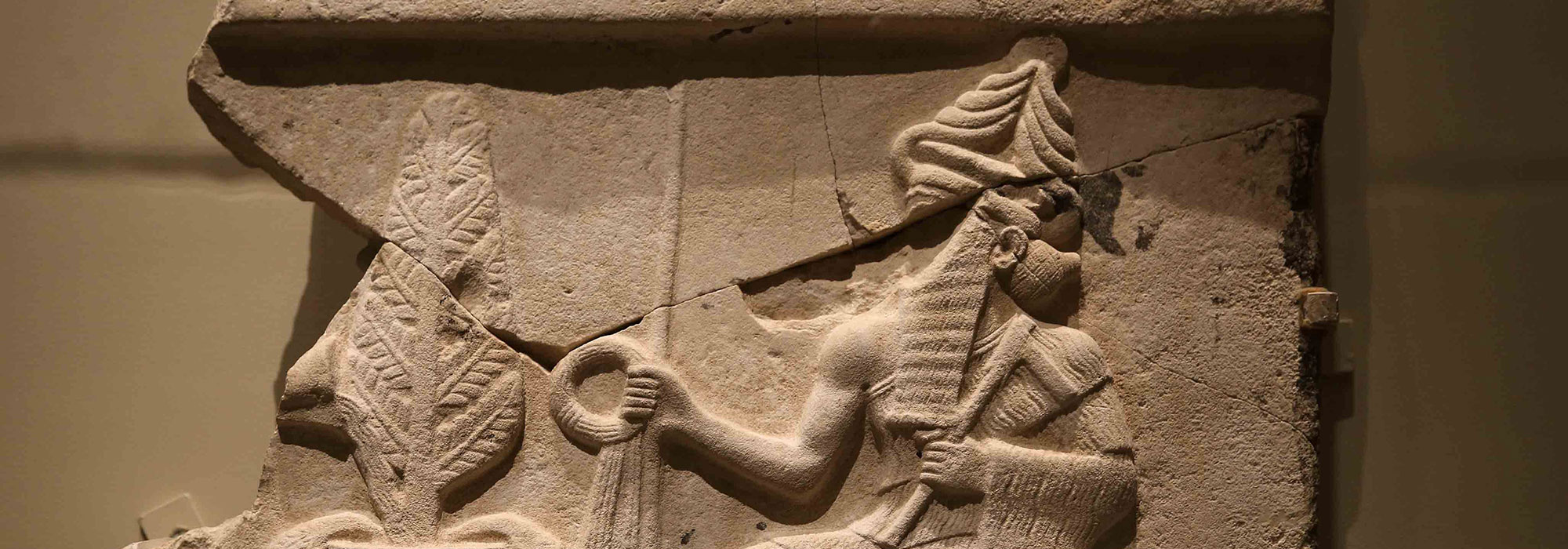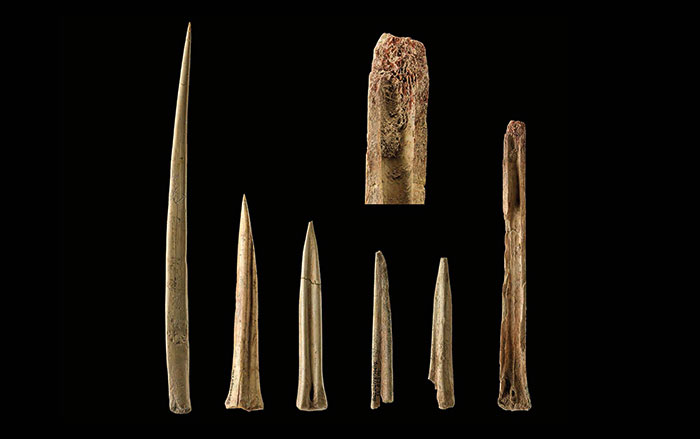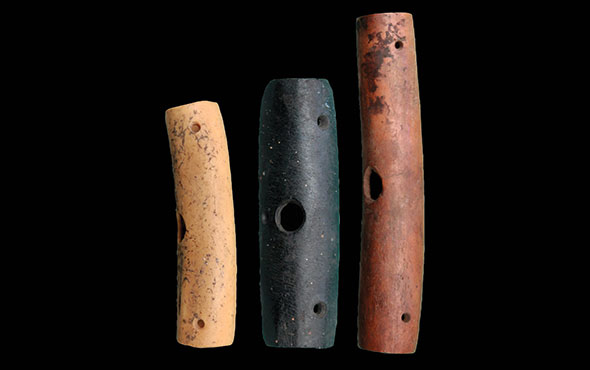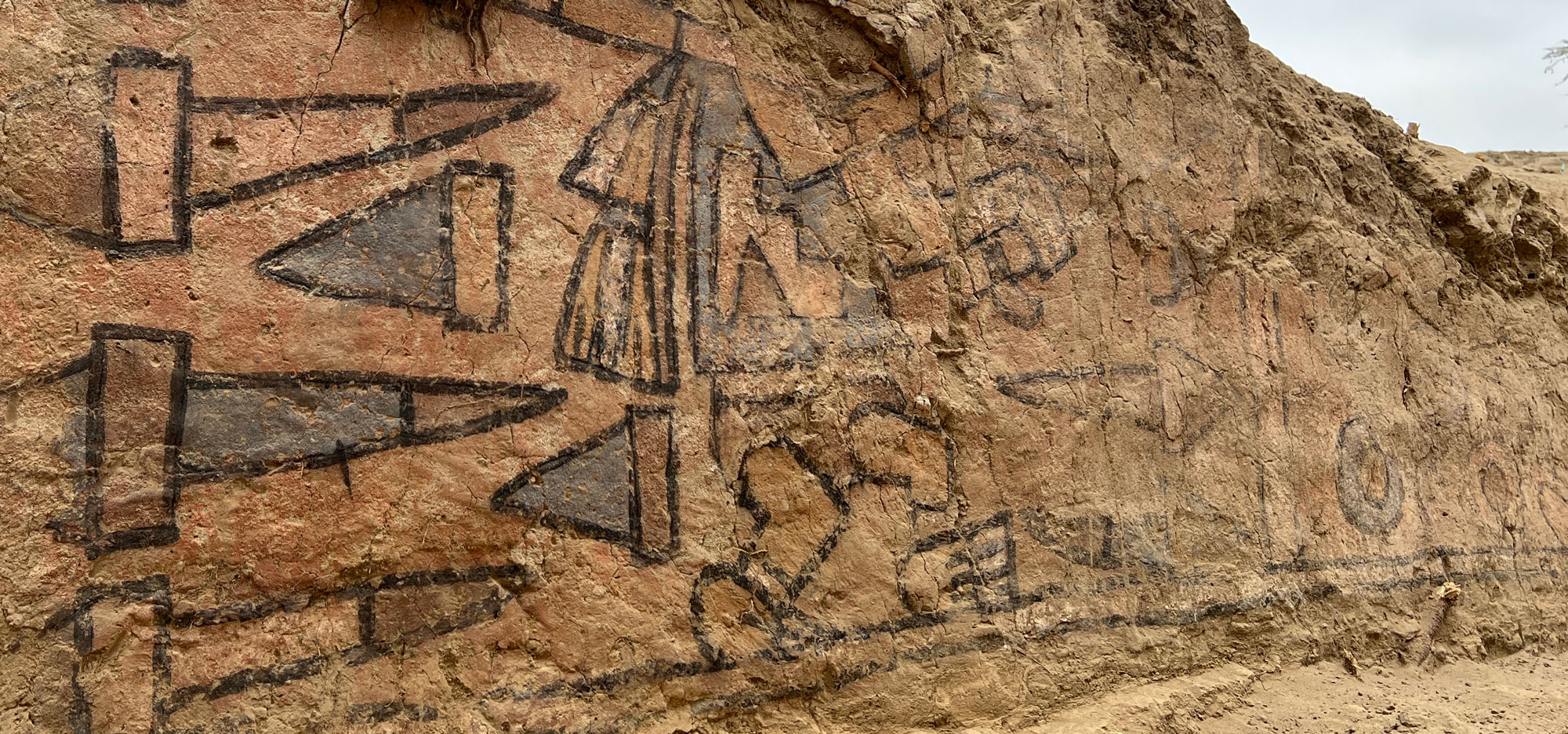
TEL AVIV, ISRAEL—Artnet News reports that artificial intelligence (AI) has been used by researchers from Tel Aviv University and Ariel University to translate ancient cuneiform texts from Mesopotamia into English. Luis Sáenz of Ariel University said that the use of AI is not intended to replace human scholarship, but could speed the process of translating the vast quantity of fragmentary texts in the Sumerian and Akkadian languages that have been recovered from archaeological sites. Artificial intelligence could eventually be used by Assyriologists and non-Assyriologists to read these texts, he added. “The future will require more tools to digitize data published in papers in order to keep training the model and to improve the results,” Sáenz concluded. Read the original scholarly article about this research in PNAS Nexus. To read about thousands of cuneiform tablets unearthed at a Bronze Age city in Syria, go to "The Ugarit Archives."


